Libya, a mostly desert oil-rich country, has become a key springboard for migrants heading for Europe, and a source of international tension as rival governments in the west and east seek to establish nationwide control.
Libya was under foreign control for centuries until it gained independence in 1951. Soon after, oil was discovered and earned the country immense wealth.
Colonel Gaddafi seized power in 1969 and ruled for four decades until he was toppled in 2011 in a rebellion assisted by Western military intervention.
Since 2014, Libya has been divided into competing political and military factions based in different parts of the country. The two sides signed a permanent ceasefire in 2020, but political rivalries continue.
STATE OF LIBYA: FACTS
- Capital: Tripoli
- Area: 1,759,541 sq km
- Population: 7 million
- Language: Arabic
- Life expectancy: 70 years (men) 75 years (women)
LEADERS
Prime Minister: Abdul Hamid Dbeibeh (Government of National Unity)
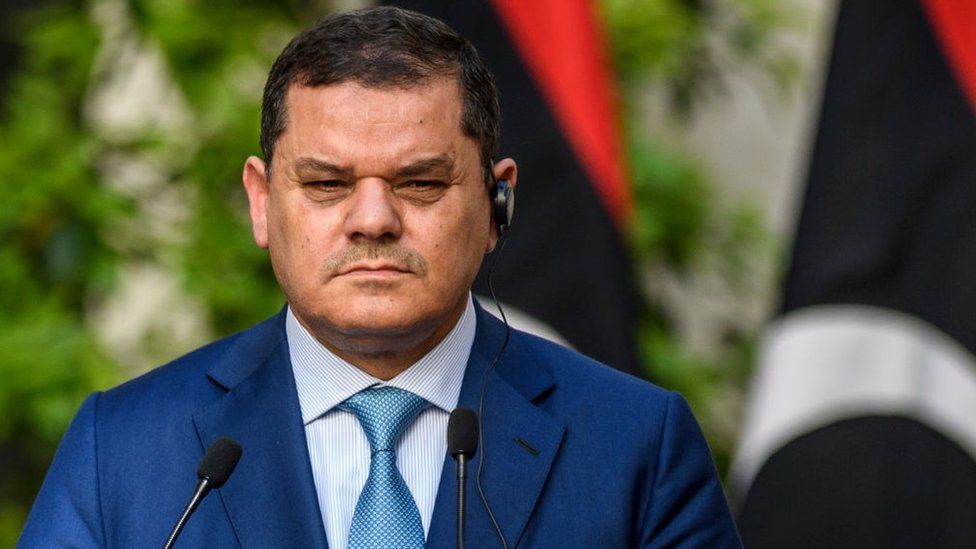
A Government of National Unity (GNU) was formed in March 2021, based in Tripoli, with Abdul Hamid Dbeibeh as the internationally-recognised prime minister.
This was Libya’s sole government for the first time in nearly seven years, successfully replacing the parallel administrations that had existed since 2014.
But that this was shortlived, and in March 2022 the country was divided again when the eastern-based parliament formed the rival Government of National Stability (GNS) under the leadership of prime minister Fathi Bashagha.
The GNS has struggled to assert its legitimacy internationally.
MEDIA
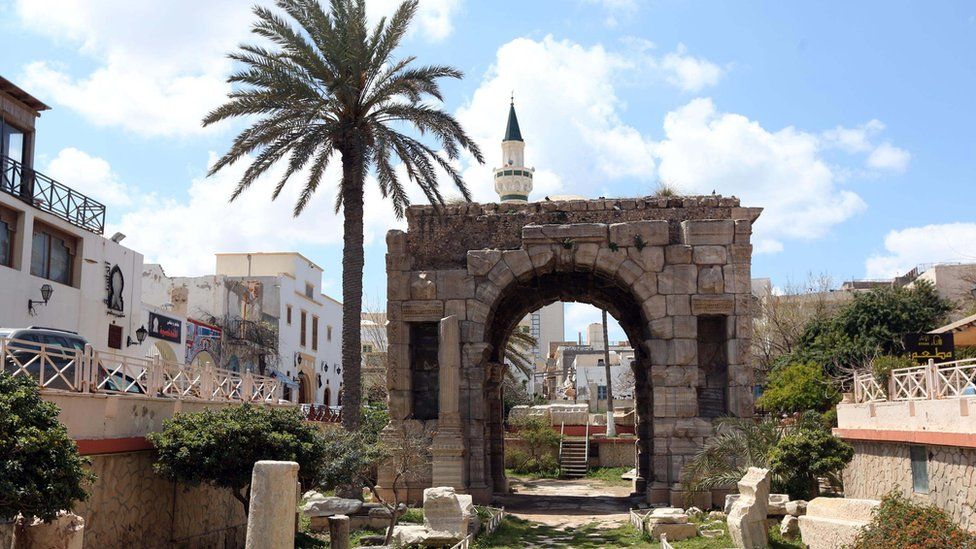
Libya’s media environment is highly-polarised and virtually unregulated, reflecting the country’s political instability.
Satellite TV is a key news source and many outlets are based outside Libya.
Journalism is fraught with danger; reporters face threats and attacks.
TIMELINE

Some key dates in Libya’s modern history:
AD 643 – Arabs under Amr Ibn al-As conquer Libya and spread Islam.
16th century – Libya becomes part of the Ottoman Empire, which joins the three provinces of Tripolitania, Cyrenaica and Fezzan into one regency in Tripoli.
1911-12 – Italy seizes Libya from the Ottomans.
1920s – Libyan resistance to Italian rule grows.
1931 – Italy breaks resistance through combination of major armed operations and concentration camps for rebel population.
1934 – Italy steps up Italian migration as part of an eventual plan for the incorporation of Libya into a Greater Italy.
1942 – Allies oust Italians and their German allies from Libya after a two-year campaign.
1951 – Libya becomes independent under King Idris.
1956 – Development of Libya’s oil reserves starts.
1969 – Muammar Gaddafi, deposes King Idris.
1971 – National referendum approves proposed Federation of Arab Republics (FAR) comprising Libya, Egypt and Syria. However, the FAR never takes off.
1977 – Col Gaddafi declares a “people’s revolution”, changing the country’s official name from the Libyan Arab Republic to the Great Socialist People’s Libyan Arab Jamahiriyah and setting up “revolutionary committees”.
1992 – UN imposes sanctions on Libya over the bombing of a PanAm airliner over the Scottish town of Lockerbie in December 1988.
2011 – Violent protests break out in Benghazi and spread to other cities. This leads to civil war, foreign intervention and eventually the overthrow and death of Colonel Gaddafi.
2016 – Following years of conflict, a new UN-backed government is installed at Tripoli. It faces opposition from rival governments and a host of militias.
2021 – Abdul Hamid Dbeibeh takes over as prime minister of the UN-backed Government of National Accord in Tripoli.
Source: bbc


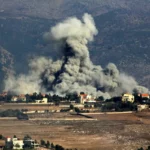
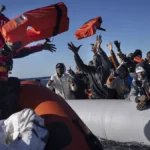


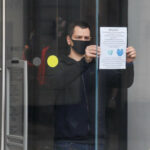
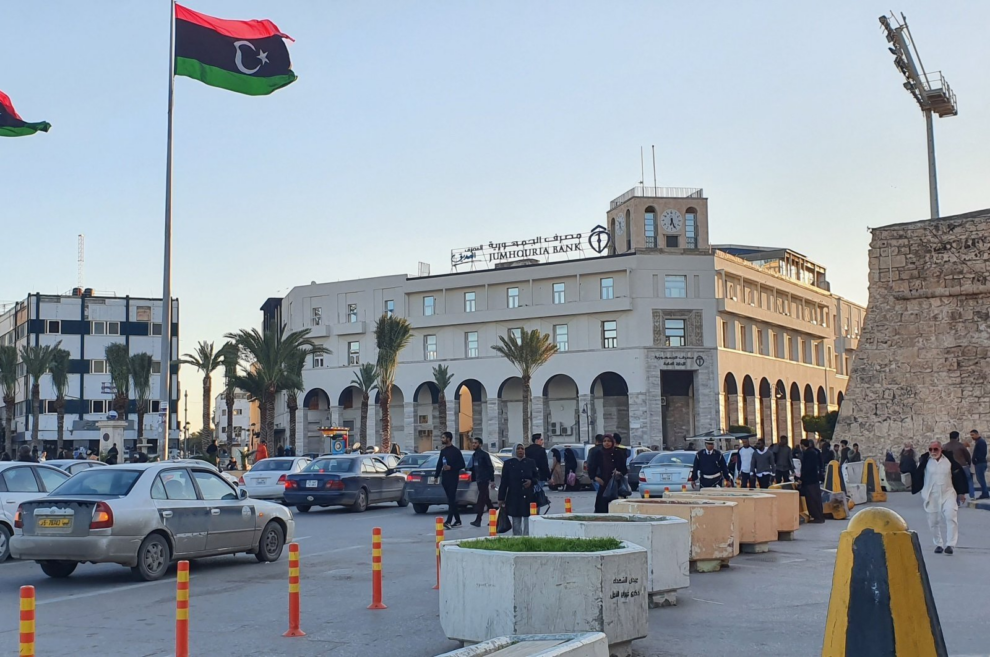

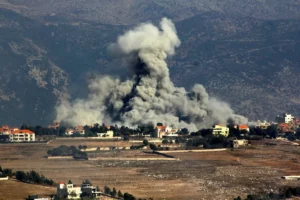
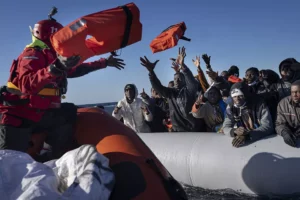






Add Comment